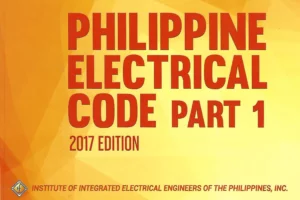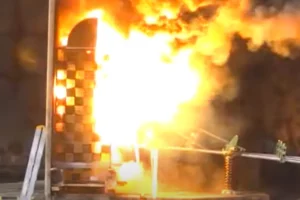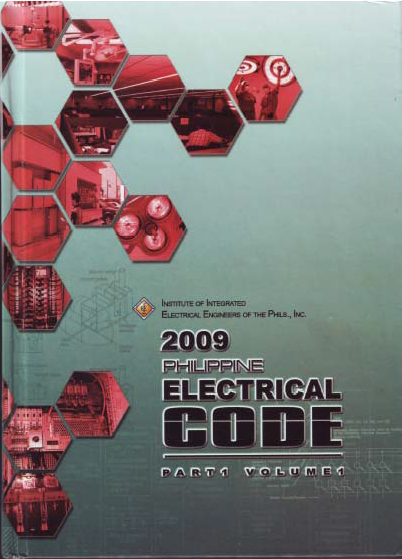A. Introduction
Republic Act No. 7920, also known as the New Electrical Engineering Law of the Philippines, governs the licensing, regulation, and ethical practice of electrical engineers and electricians in the country. Among its key provisions is the concept of "direct supervision", which is central to the lawful use of a Professional Electrical Engineer’s (PEE’s) professional seal.
This article explores...
Posted in Featured Articles on July 28th, 2025
Understanding Rule 9 of the Implementing Rules and Regulations of Republic Act No. 7920: The Interpretative Authority of the Board of Electrical Engineering
Introduction
The Philippine Electrical Engineering profession is governed primarily by Republic Act No. 7920, also known as the “New Electrical Engineering Law.” To support and effectively implement its provisions, the Board of Electrical Engineering (BEE) issued Board Resolution No. 18, Series of 1995, which sets the Implementing Rules and Regulations (IRR) of the said law.
One of the most important provisions...
The Scope and Legal Definition of Electrical Engineering Practice in the Philippines Under Republic Act No. 7920
Introduction
The safe, reliable, and ethical execution of electrical work is vital to the integrity of public infrastructure, industry, and national development. In the Philippines, this responsibility is safeguarded by Republic Act No. 7920, also known as the “New Electrical Engineering Law.” Enacted in 1995, this law modernized and expanded the regulatory framework governing electrical engineers and electricians,...
Uplifting the Electrical Engineering Profession in the Philippines: Addressing Systemic Neglect, Unsafe Practices, and Corruption
Abstract
In the Philippine construction industry, Electrical Engineering is often marginalized, resulting in unsafe installations, non-compliance with technical standards, and rampant use of unlicensed practitioners. The situation is further exacerbated by systemic corruption and professional boundary violations by other disciplines. This article outlines the major challenges confronting the electrical engineering profession, proposes reform measures, and highlights the critical role...
Power System Study Requirements under the Philippine Electrical Code (PEC 2017): A Technical Guide for Filipino Electrical Engineers
Introduction
The Philippine Electrical Code (PEC) 2017 Part 1, aligned with international best practices, mandates the Power System Study (PSS) as an integral part of the electrical design process for ensuring safe, efficient, and reliable operation of electrical installations. This article explores the PEC clauses relevant to power system study requirements, its scope, applications, and the scenarios where...
Arc Flash Hazard Mitigation: A Comparative Analysis of IEC and IEEE/ANSI Standards
1. Introduction
Arc flash hazards pose serious risks to personnel, equipment, and facility operations in both industrial and utility-scale electrical systems. Mitigation of these hazards is governed by international standards which provide frameworks for calculation, design, protection, and personnel safety. Two major frameworks dominate global practice: the International Electrotechnical Commission (IEC) and the Institute of Electrical and Electronics...







